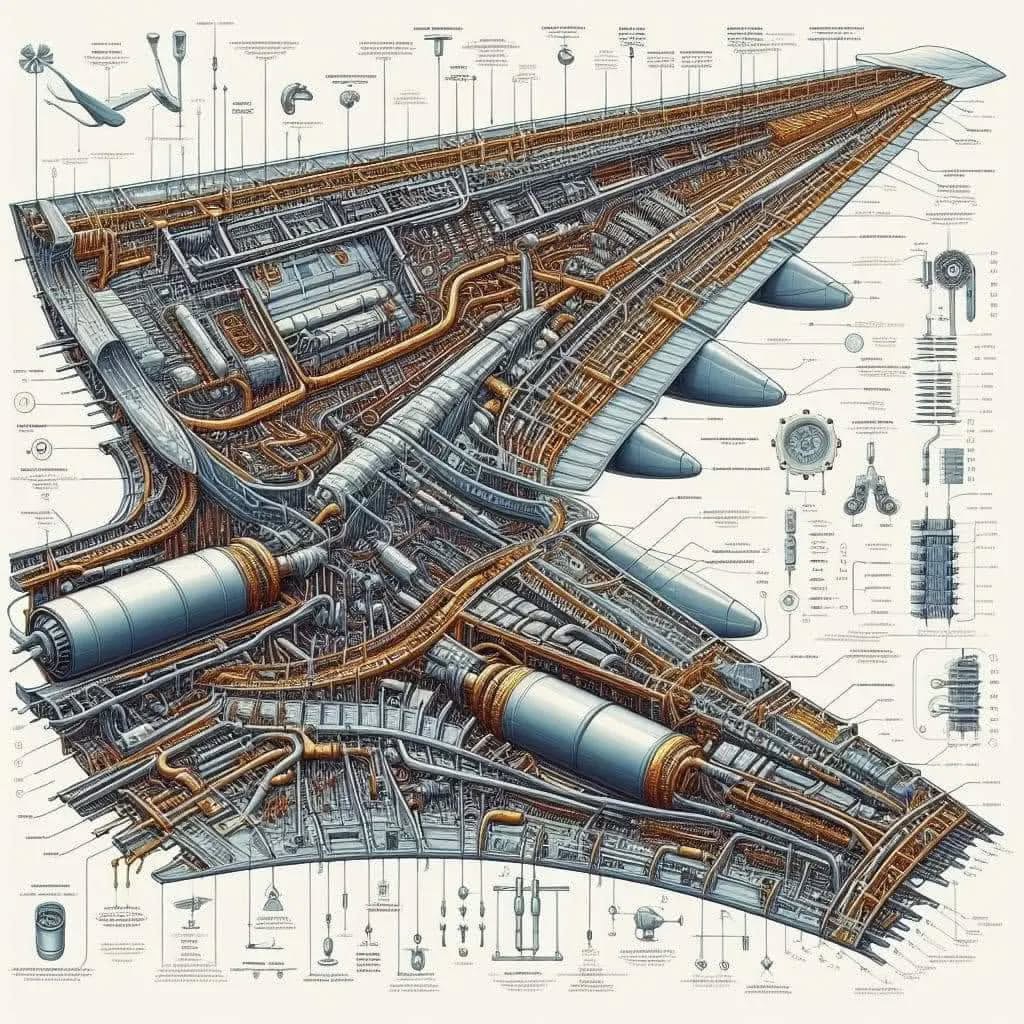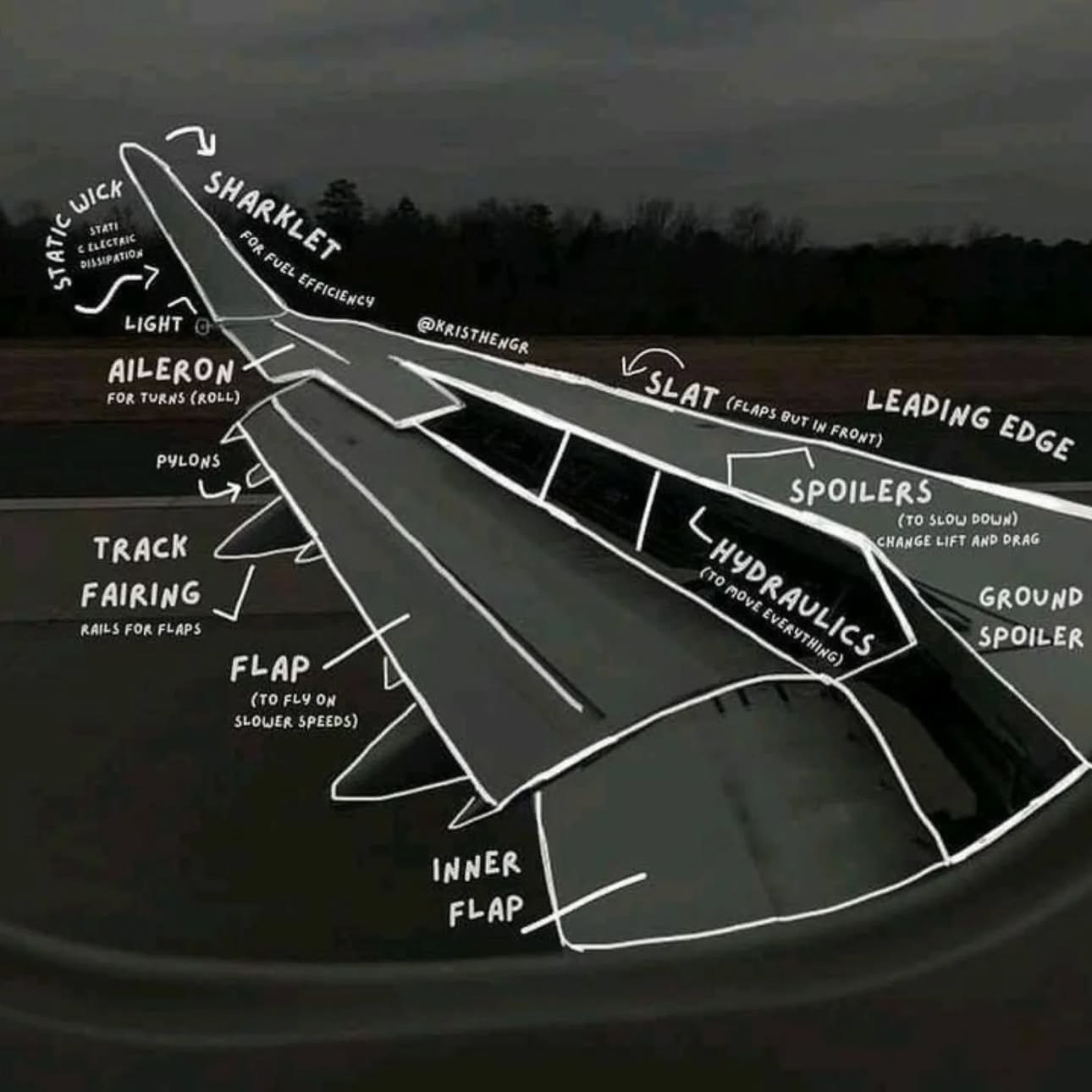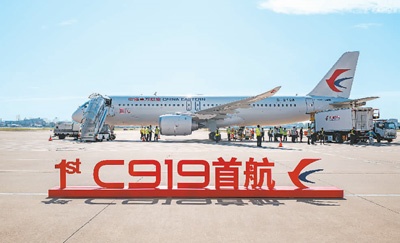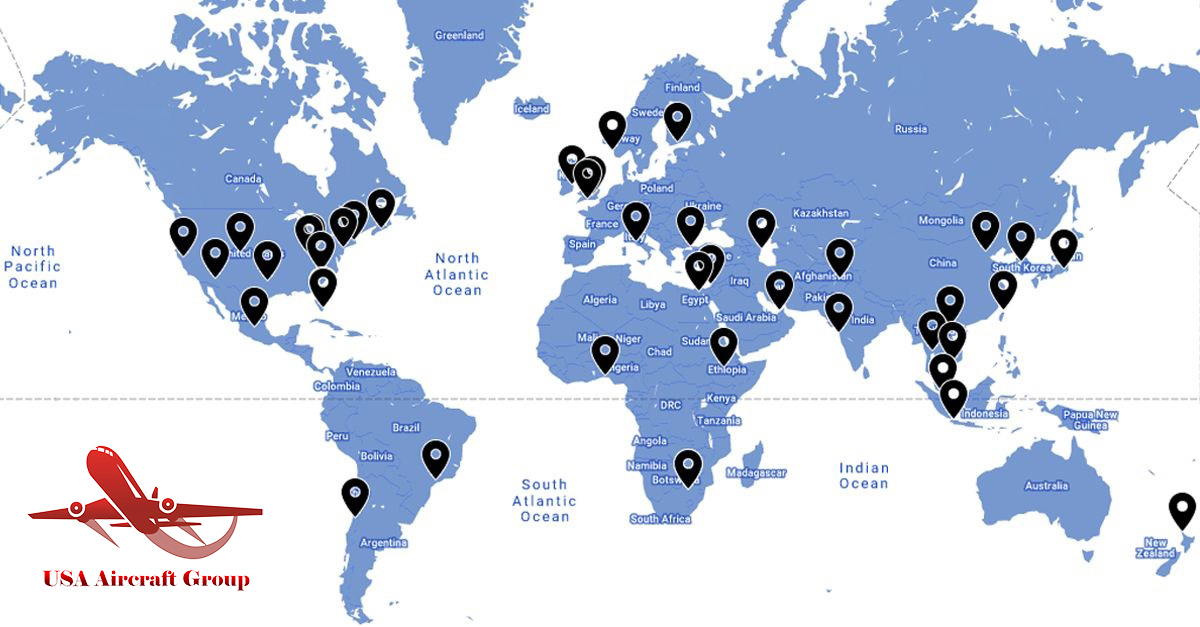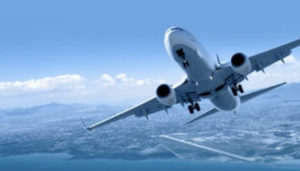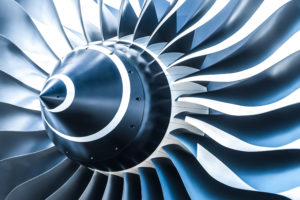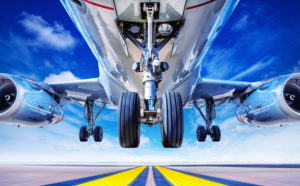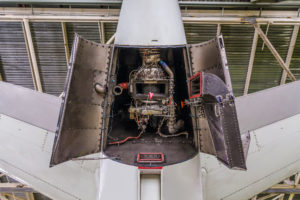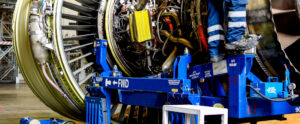Press Releases

Airbus aircraft wings--USA Aircraft Group Corporation
Date: 2025/3/6
The main function of the wing is to generate lift to support the aircraft to fly in the air; at the same time, it also plays a certain role in stabilization and control. Is an essential part of the aircraft, the wing is generally installed with the aircraft's main operating rudder surface: ailerons, as well as auxiliary control mechanism flaps, seam wings and so on. In addition, aircraft equipment such as engines and landing gears can also be installed on the wings, and the main internal space of the wings can be used as fuel tanks after being sealed.Related nouns explain:
Airfoil: an aircraft wing has a unique profile, and the shape of its cross section (transverse profile) is called an airfoil, called an airfoil.
Leading edge: the foremost point of an airfoil.
Trailing edge: the rear point of an airfoil.
Wing chord: the line between the leading edge and the trailing edge.
Chord length: the distance between the front and rear edges is called chord length. If the plane shape of the wing is not rectangular, the chord length or average chord length of the position specified by the manufacturer is generally used in the parameter calculation.
Angle of attack (Angle of attack): the angle between the forward direction of the wing (equivalent to the direction of the airflow) and the wing chord (different from the axis of the fuselage) is called the angle of attack, also known as the angle of attack, which is the benchmark for determining the attitude of the wing in the airflow.
Wingspan: the straight distance between the tips of the left and right wings of an aircraft wing.
Aspect ratio: the ratio of the wingspan to the chord length of a wing. Used to show the relative degree of expansion of the wings.
Upper (lower) angle: the angle at which the wing is mounted on the fuselage, that is, the angle between the wing and the horizontal plane. Looking back from the nose along the plane's longitudinal axis, the angle at which the wingtips on both sides of the wings are tilted upward. By the same token, the angle of sagging is called the opposite angle.
Upper (middle, lower) monowing: at present, large civil aircraft are monoplane. According to the part of the wing installed on the fuselage, the aircraft is divided into upper (middle, lower) single-wing aircraft, also known as high, middle and low single-wing.
The wing installed in the upper part of the fuselage (back) is the upper single wing, the wing installed in the middle of the fuselage is the middle single wing, and the wing installed in the lower part of the fuselage (abdomen) is the order wing.
The upper single-wing aircraft are generally transport aircraft and seaplanes, because of the height problem, the landing gear and other devices are generally not installed on the wing, but on the fuselage, and the aircraft using the upper single wing is generally installed at the lower reverse angle.
Due to the difficulty of coordination between the wing beam and the fuselage, the middle single wing almost exists only in theory.
Picture
The important role of wings in airplane lift-off flight
The important role of wings in airplane lift-off flight
The aircraft is subjected to four forces during flight:
Lift-the upward force produced by the wing
Gravity-the downward force opposite to lift, produced by the weight of the aircraft and the people, cargo, and equipment it carries.
Thrust-the forward force produced by the engine
Drag-the backward force caused by air resistance can slow down the aircraft.
Thus it can be seen that the main function of the wing is to generate lift to support the aircraft flying in the air. Why does it produce lift?
First of all, we should start from the fact that the aircraft wing has a unique profile. As mentioned in the previous explanation, the shape of the cross section (transverse section) of the wing is called an airfoil, and the collective characteristics of the wing profile are closely related to the aerodynamics of the wing. Viewed from the side, the top of the wing is bent, while the bottom is relatively flat. The wings pass through the air to separate the air. Part of the air flows over the wing and the other part from below.
The flow of air is invisible in daily life, but the flow of low-speed air flow is similar to that of water flow. Daily life experience tells us that when the current flows through the riverbed at a relatively stable flow, the velocity is slow in the wider part of the river and faster in the narrower part of the river. The air flow through the wing is similar to the water in the riverbed, because the wing is generally asymmetric, the upper surface is convex, while the lower surface is flat, the air flow through the upper surface of the wing is similar to the water in the narrower place, and the velocity is faster, while the air flow through the lower surface of the wing is just the opposite, similar to the water in the wider area, and the velocity is slower than that on the upper surface. According to the basic principles of hydrodynamics, the atmospheric pressure of slow flow is higher than that of fast flow, so that the pressure on the lower surface of the wing is higher than that on the upper surface. In other words, the pressure exerted by the atmosphere on the lower surface of the wing (upward) is greater than that exerted on the upper surface of the wing (downward), and the difference between the two pressure forms the lift of the aircraft.
To put it simply, the faster the plane flies forward, the greater the aerodynamic lift generated by the wings. When the lift is greater than gravity, the plane can climb upward; when the lift is less than gravity, the plane can lower its altitude.
When the wing of the aircraft is symmetrical and the airflow flows along the symmetrical axis of the wing, the airflow velocity and pressure are the same because the two surfaces of the wing are the same, and the wing does not produce lift. However, when the symmetrical wing moves in the air at a certain angle of attack (called angle of attack or angle of attack), the flow phenomenon is similar to that of the asymmetric wing, which makes the pressure on the upper and lower surfaces inconsistent, which will also produce lift.
